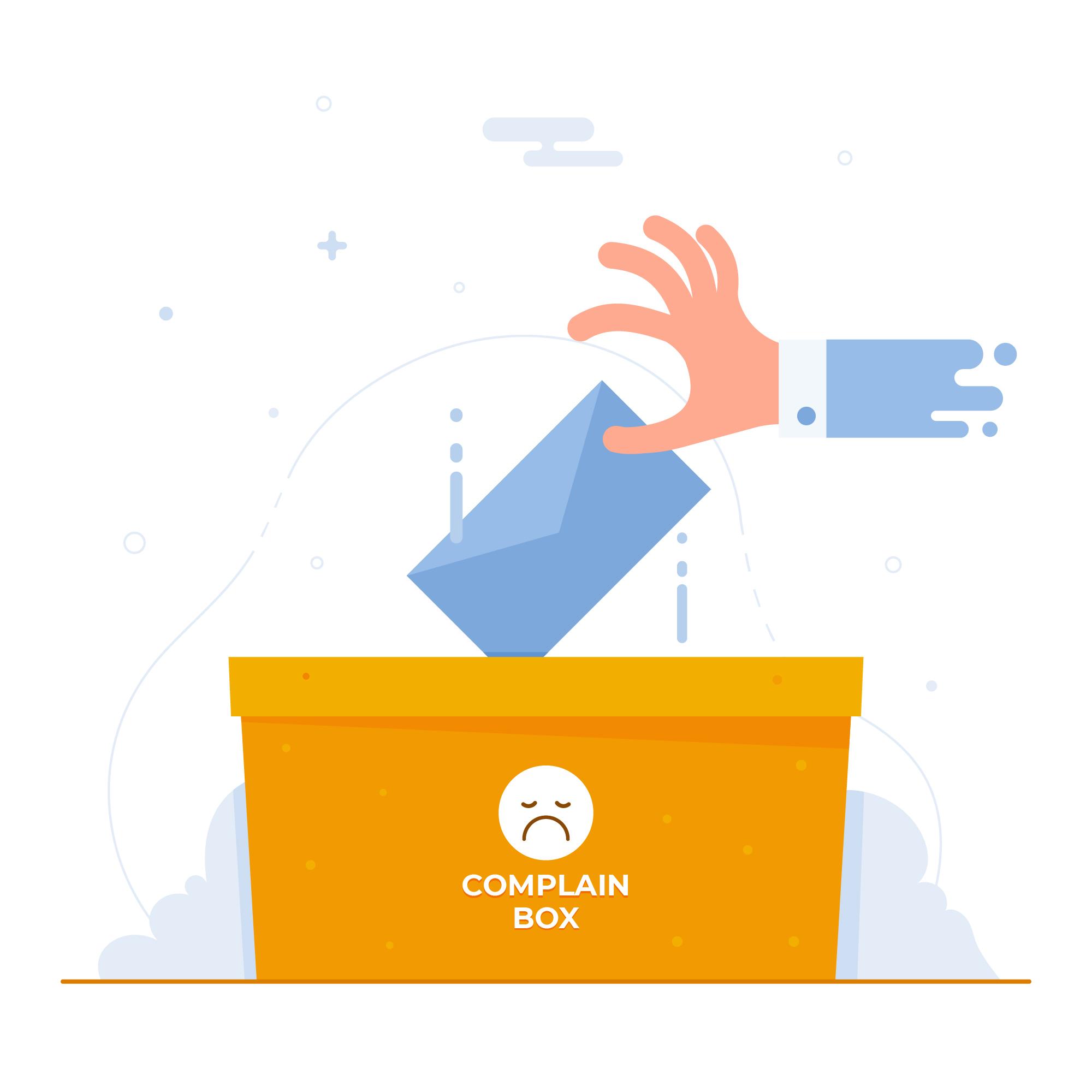Comprehensive Guide to Navigate Grievance Handling Procedure
Promoting harmony in the workplace is essential for both worker satisfaction and productivity. However, disputes and issues might occur, which can result in employee grievances. Effectively managing grievance handling procedure is essential to Human Resources (HR) management. In addition to resolving disputes, an organized grievance management process increases openness and trust inside the company.
What is a Grievance?
A grievance, as seen through the lens of human resources, is any complaint or unhappiness voiced by staff members about their workplace, working conditions, or coworkers. Interpersonal disputes, prejudice, partiality, working circumstances, and worries over managerial choices are a few examples.
Types of Grievance Handling Procedures
HR teams must be aware of the different forms that grievances might take. Workload concerns, unjust treatment, harassment, discrimination, salary disparities, and a lack of possibilities for professional advancement are typical examples.

Benefits of Grievance Handling Procedures
There are many benefits to putting in place a clear grievance management process. It offers a methodical way to resolving disputes, raises staff morale, strengthens employee confidence in the company, and keeps problems from getting worse.
Drawbacks of Grievance Handling Procedures
Grievance procedures are important, but they may sometimes be difficult. Unresolved complaints, if not handled appropriately, can create a toxic work atmosphere that negatively impacts team chemistry, while prolonged processes can reduce output.
Creating a Workplace Grievance Policy
It is essential to create a thorough grievance handling procedure. It should stress confidentiality, spell out exactly how grievances should be handled, and guarantee impartiality and fairness at all times. A template for a sample grievance management policy that has been tailored to the values and culture of the company can be used as a basis.
Steps in the Employee Grievance Process
- Informal Meeting with Supervisor: Promote transparent dialogue by setting up an informal meeting between the resentful worker and their immediate supervisor. For example, if a worker is unhappy with their workload, the manager can work with them to find solutions.
- Formal Grievance in Writing: Should the situation continue, the staff member may submit a formal written grievance outlining the issue, the parties concerned, and the intended remedy.
- Assessing the Grievance: HR needs to conduct an unbiased examination of the grievance, considering all relevant data and viewpoints.
- Conducting a Formal Investigation: Complicated issues may necessitate a comprehensive investigation. This involves gathering information, speaking with involved parties, and evaluating potential solutions.
- Resolving the Issue: HR should promptly initiate the resolution of the grievance once the investigation concludes. This could entail remedial activities, policy modifications, mediation, or disciplinary actions.

Best Practices for Managers in Grievance Procedures
- Provide an Employee Handbook: Ascertain that the handbook contains the company’s grievance resolution method and that it is accessible to all employees.
- Holding Meetings with Staff: Frequent check-ins help identify complaints early on and facilitate a speedy resolution.
- Maintain Fair Standards for All Workers: Fairness is promoted by uniform policies and disciplinary measures.
- Record Grievances, Violations, and Employee Performance: Maintaining accurate records makes it easier to spot trends and find solutions for persistent problems.
- Provide Regular Workplace Training: Employees who participate in training programmes on communication techniques, diversity, and conflict resolution are better equipped to handle complaints.
FAQs on the Grievance Procedure
- Why is there a need for a grievance procedure?
It offers a methodical way to settle disputes, promoting a positive work atmosphere.
- What Is the Length of the Grievance Procedure?
Depending on how complicated the grievance is, timelines can vary, but a prompt settlement should always be the goal.
- Where Do Workers File Complaints?
Generally, employees who have a grievance should submit it with HR or with the specific persons listed in the grievance policy.
- Is Disciplinary Action Possible After a Grievance?
Disciplinary action resulting from a grievance may occur due to the severity of the problem when policies are broken.
In a nutshell,
A grievance handling procedure is essential to keeping a positive work environment. A strong grievance handling process, supported by transparent policies, thorough investigations, and equitable settlements, not only resolves disputes but also strengthens loyalty and trust within an organization.HR departments are essential to the implementation and maintenance of these policies, guaranteeing an equitable and just work environment for all workers.




